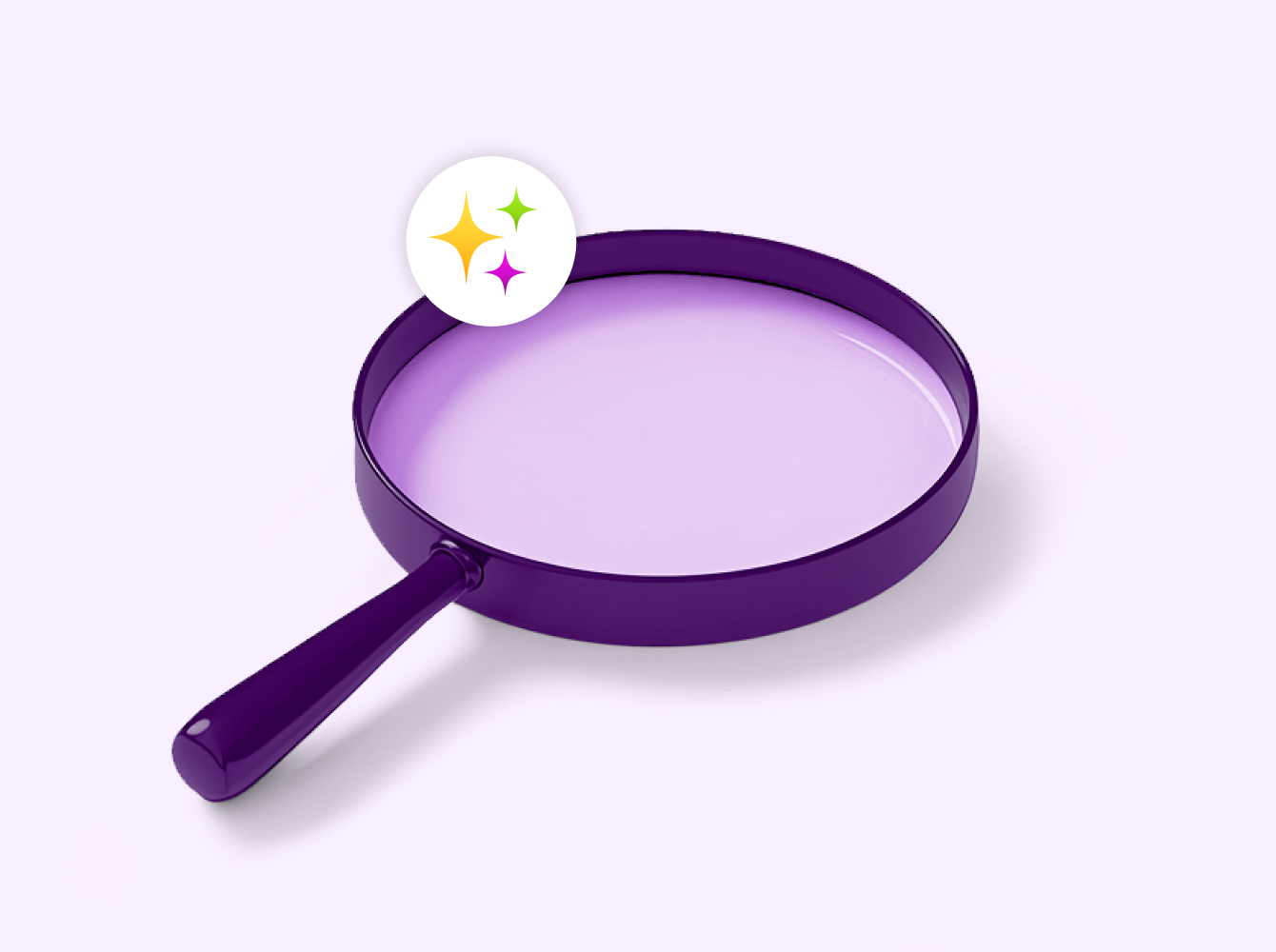Be it brainstorming ideas, solving time-sensitive issues or catching up after a long weekend, sometimes it’s easier to talk things out. Slack Huddles is there to do just that, right from where you’re already working.
Slack Huddles is a lightweight and audio-first way to communicate inside a Slack channel or direct message, including those with external partners. And perhaps more practically, they’re a digital-first way to mimic the fast, informal discussions that took place when everyone worked from the office: swinging by a coworker’s desk with a question, pulling a few folks aside after a meeting or just catching up with whomever you ran into at the proverbial watercooler.
When a huddle is open, any member of the channel or DM can come and go as they please. Anyone present can share their screen, and others can draw on it. There’s also an option for live captioning.
We’re seeing customers lean on huddles to swarm incidents, host one-on-ones without the burden of video—even take virtual group coffee breaks. To help your team make the most of this new tool, let’s walk through six scenarios where huddles come in handy for our team at Slack. The top takeaway: If talking something out is faster than typing it out, you’ll want to start a huddle.
1. Conduct open office hours in any channel
Many managers and directors have historically had an open-door policy, and in this new digital-first world, that often manifests as an agenda-free time slot on their calendars where anyone with the associated video-call link can log on to discuss whatever is top of mind. Huddles are a more inclusive alternative.
We’ve seen leaders create a huddle in a team’s channel—often on a regular schedule, like, 2-3 p.m. every Friday—where anyone in the channel is welcome to join. Channels with active huddles are marked as such in your sidebar, offering a subtle indicator to let others know they can drop in. Members of the channel can also see who’s in the huddle and opt to listen in if they think the context might be helpful.
2. Brainstorm sessions after meetings
Let’s say you just stepped out of a company all-hands meeting focused on next quarter’s future plans. You likely have a list of action items for your own team, and spinning up a quick huddle is a casual way to get everyone up to speed while the takeaways and goals are still fresh. Slack Huddles support screen sharing, so a manager can pull up a spreadsheet or document to log ideas or a calendar to discuss timelines.
3. Quick and lightweight pair programming
Pair programming is the common name for when two or more people work on a single piece of code together. Screen sharing is key to making this work. Say someone is stuck on a technical problem. It’s one the team hasn’t faced before, so searching Slack for the answer isn’t an option. Instead, the engineer can post a request for help in-channel and then open a huddle. Others can join in to lend a hand and use the drawing feature to circle areas onscreen that might be the sources of any issues as they all talk it out.
4. Addressing 11th-hour stakeholder feedback
When big releases and launches were managed from the office, it was common to stake out a conference table and declare it your team’s “war room,” a dedicated place for everyone to set up shop and take a project over the finish line. Slack Huddles can fill a similar role for distributed teams. Open a launch-day huddle in your team’s channel and let anyone use it to address last bits of feedback that roll in, as well as coordinate your run-of-show checklist for the big day.
5. Weekly cleanups to tie up loose ends
At Slack, many managers come together in huddles each week to update their Trello boards, product roadmaps and Jira queues. These huddles often replace a regularly scheduled meeting and become a dedicated space for the group to talk through stalled tasks or dangling bugs and ensure project-management apps reflect the most accurate project statuses.
6. Social get-togethers
Slack Huddles is audio-only, which can lower people’s stress levels around reading faces and body language, and reduce the fatigue associated with always being on camera. You can join and leave a huddle without losing the call, and we’ve seen teams adopt them for social hangouts, team lunches—even casual happy hours. An added bonus: You can talk with one another and take the occasional bite of food without any of your peers watching you chew.
Slack Huddles is gradually rolling out to all Slack customers on paid plans. The next time you need to problem-solve as a group, or simply want to chat freely without the burden of video, give it a try. Found your own preferred reason to hop into a huddle? We’d love to hear about it. Tweet us at @SlackHQ.










